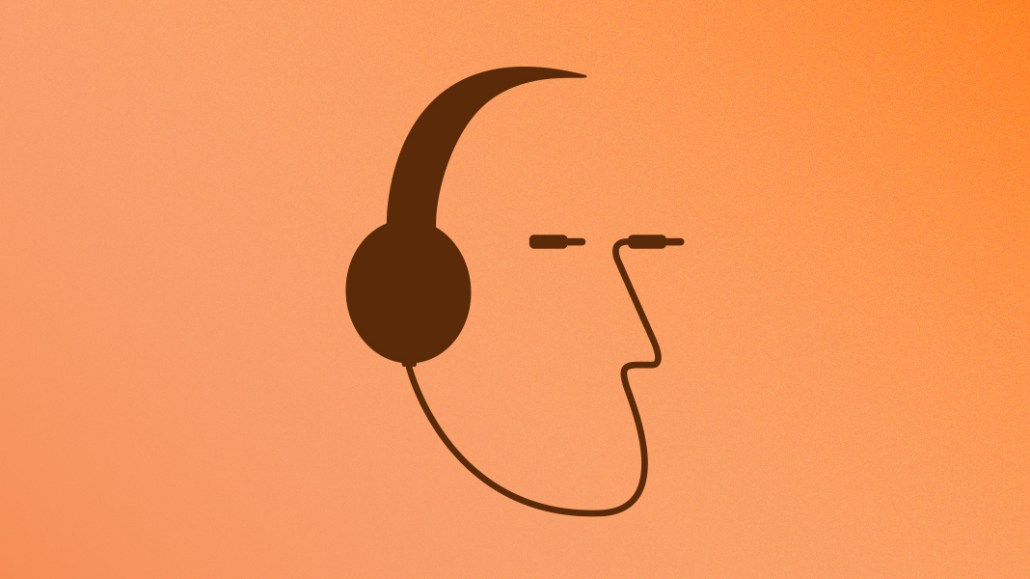‘Nobody knows your brand like you do’: Why Skullcandy has built an in-house creative team

Over the last three-and-a-half years, Skullcandy has gone from having a couple of production designers in-house to building out its own internal creative agency. The roughly 20-person in-house team is responsible for the content creation to boost brand awareness and capture the attention of the headphone brand’s target audience of Gen-Z consumers.
“For us, it was both cost and agility,” said Skullcandy CMO Jessica Klodnicki when asked why the brand has built out an internal creative agency. “Nobody knows your brand like you do.”
The entirety of the brand’s marketing budget is focused on digital media, making the content production for digital channels, social media in particular, even more important for the brand, said Klodnicki. Each April, the Park City, Utah-based company rolls out its new campaign strategy that will serve the brand for the next 12 months. This year’s campaign, “Find Your Frequency” aims to connect fans’ creative expression to the brand with “exclusive music performances, limited product drops, athlete collaborations, social causes and more,” according to the brand.
The in-house team will create content for channels like YouTube, Facebook, Instagram and TikTok, among other digital channels, to tout the latest campaign which features performances from up-and-coming musical acts like Eyedress and BKtherula. It’s unclear how much the brand will dedicate to each channel as Klodnicki declined to share media spending figures or estimates. Per Kantar, Skullcandy spent $85,250 on media placements throughout 2021. That figure doesn’t include social spending as Kantar doesn’t track spending on social media.
“I always say [digital is] a hungry beast and you gotta feed the beast,” said Klodnicki. “That’s got only more complicated as there’s more channels so the ability to move quickly for all the formats and have constant communication on those channels — we just couldn’t do it with an external partner with the pace of things.”
Skullcandy isn’t alone in building out an in-house agency. Prior to the pandemic, brands like J.Crew, Splenda and Prudential were focused on beefing up their internal creative agencies. During the pandemic, however, some of those brands put their internal agency plans on hold as the pandemic’s effect on the economy had them rethink their plans.
As for Skullcandy, the company has retooled its approach to its in-house agency, focusing on creative strategy and content creation rather than media buying and planning as the iOS and privacy changes in recent years has made media buying and planning more difficult. At the beginning of this year, Skullcandy began working with an external media agency, The Marketing Doctor, per Klodnicki.
“We actually used to buy media in-house,” said Klodnicki. “With the iOS changes, with all the changes in the world, we felt like we needed a partner that was kind of closer to the action and had deeper relationships with all the platforms where we could get out in front of all of those changes.”
Some brands have had difficulty in recent months handling the privacy shifts in-house, noted Duane Brown, founder of performance marketing shop Take Some Risk. “We are seeing some brands struggle in-house or when using freelancers,” said Brown. “They have started to reach out more the last couple months to get more help from a team that looks at and manages more ad accounts.”
Brown continued: “When you only work on one brand, that limits what you know and can test to see what is going to work.”
Aside from working with an external agency for media planning and buying, Skullcandy is experimenting with channels like TikTok to diversify its media mix and manage the iOS and overall privacy changes.
“We’ve been doing a ton of experimentation,” said Klodnicki of the company’s content on TikTok. “Right now it’s really more of an awareness play in that channel, but it’s really a terrific place for us to interact with our young consumers.”
More in Marketing

Rembrand’s CEO wants to grow virtual ad placements in streaming, and he’s looking elsewhere for models
Omar Tawakol wants to improve advertising within the streaming world, and is working with advertisers and publishers to improve that experience.

Marketers are keen to use generative AI in ad campaigns, but hidden costs lurk
Marketers across the industry want to use AI to cut down on time spent in creative production. It’s not so simple in practice.

2025 was rough for Target. It could also be the year when its turnaround began
Much of the front half of the year for Target was defined by the company’s decision in January to pull back on DEI initiatives.








